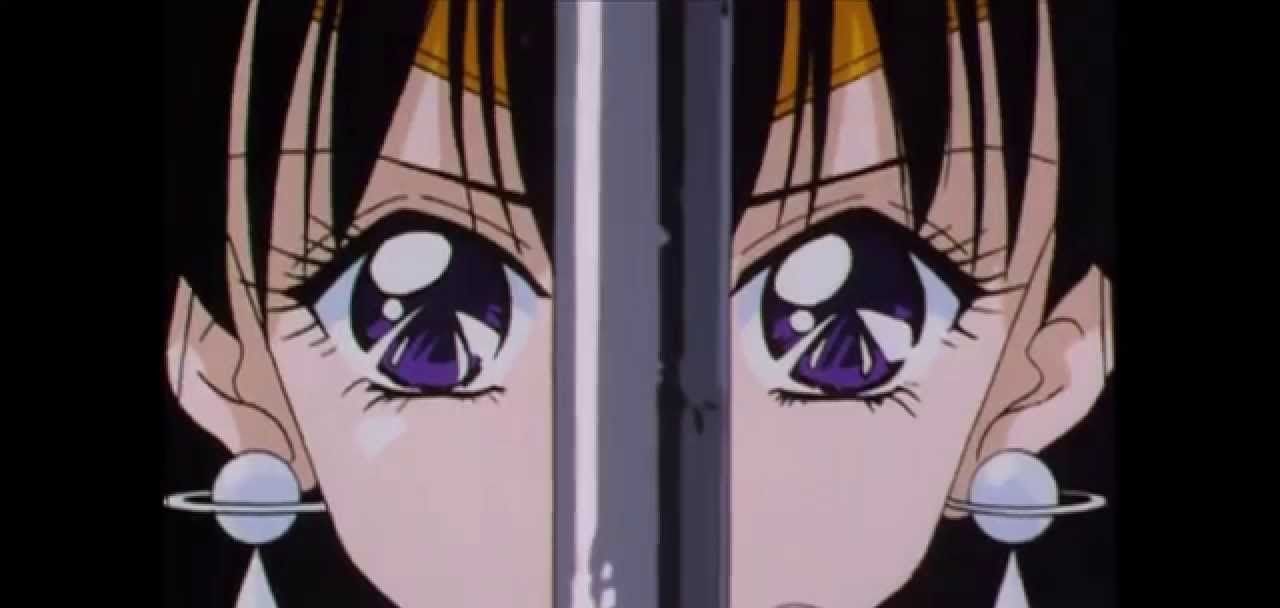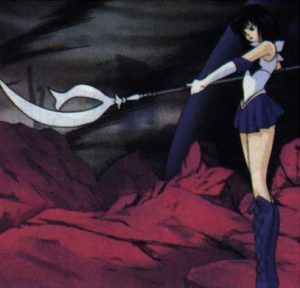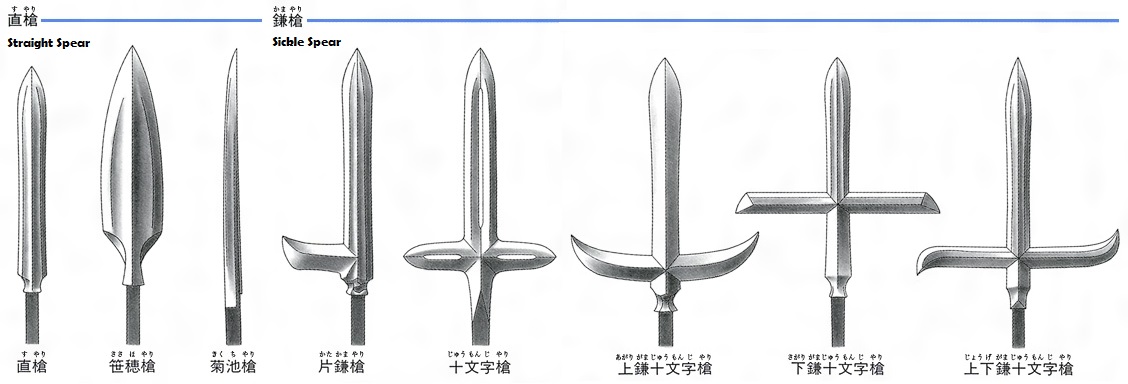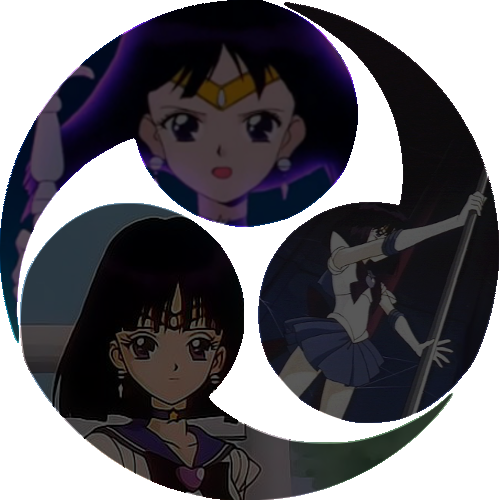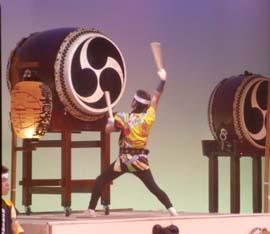While most of the weapons in the Sailor Moon universe range from either the fancifully bizarre (e.g., head-jewelry-turned-boomerangs), to mundane (e.g., magical-but-plainly-normal disguise pens), and even extend to the mythological (e.g., the three talismans), the Silence Glaive – wielded by Sailor Saturn, the most powerful of the Sailor Soldiers – has always been an interesting source of debate among fans of the series as far back as I can remember. Part of this is due to the name itself, of course, though there is also some confusion regarding its significance to the series and why she uses such an obscure weapon. Let’s take a close look at what this weapon is, and if there may be any deeper reason why Ms. Takeuchi chose for her to use it!
The first, and most obvious, question people often ask is: what exactly is a glaive anyway? While I’m not exactly an expert in medieval European weaponry, the best way to summarize a glaive is that it’s a form of a spear, but with a sharpened blade which is used for cutting rather than thrusting/stabbing,1 and is actually quite similar to the Japanese samurai weapon known as a naginata.2 Over the years, some fans have suggested that the Silence Glaive itself may be closer to the medieval European weapon known as a halberd (and that the name itself may be a mistake),3 but taking into consideration that it is more similar to a long axe, this seems unlikely. More likely, this assumption probably comes from the fact that some Japanese-English dictionaries refer to a naginata as a form of halberd.
Making matters more confusing, Ms. Takeuchi had actually chosen to write out the name of the Silence Glaive in kanji in its first appearance.4 The Japanese name given for it is: 沈黙の鎌 (chinmoku no kama; sickle of silence). This is more than likely a direct reference to the popular image of the Grim Reaper/Death,5 who is often depicted as wielding a sickle for reaping the souls of the dead. That said, when you look at the design of the weapon and its decidedly non-sickle-like-appearance, it’s probably safe to assume that Ms. Takeuchi was using the term “sickle” (鎌; kama) in reference to the Chinese/Japanese weapon known as a “sickle-spear” (鎌槍; kamayari).6
While this basically takes care of the question of what Ms. Takeuchi’s intention was when she was naming the Silence Glaive, this still leaves a lot of questions open with regard to what she actually had in mind when she was drawing it. As mentioned above, either a glaive or a naginata would be an obvious choice since the former is used in the actual name and the latter is a traditional Japanese military weapon, I personally think that the crescent blade (偃月刀; yanyuedao),7 a traditional Chinese pole weapon, is more likely to have been the source of inspiration for Sailor Saturn’s weapon, especially considering the curved blade (and the connection to the moon, which is included in the Chinese characters for the weapon itself).
And for reference, the Silence Glaive…
Without an interview with Ms. Takeuchi herself regarding what her intentions were it’s not really possible to make any clear and definitive statements as to what the basis for the design, history, and inspiration behind the Silence Glaive were, but thanks for some of the hints she gave through the Japanese kanji, I do think we are able to at least make several strong guesses on the issue.
What do you think, though? I’d love to hear more theories on this matter, and other people’s thoughts on possible inspirations behind this unique weapon!
